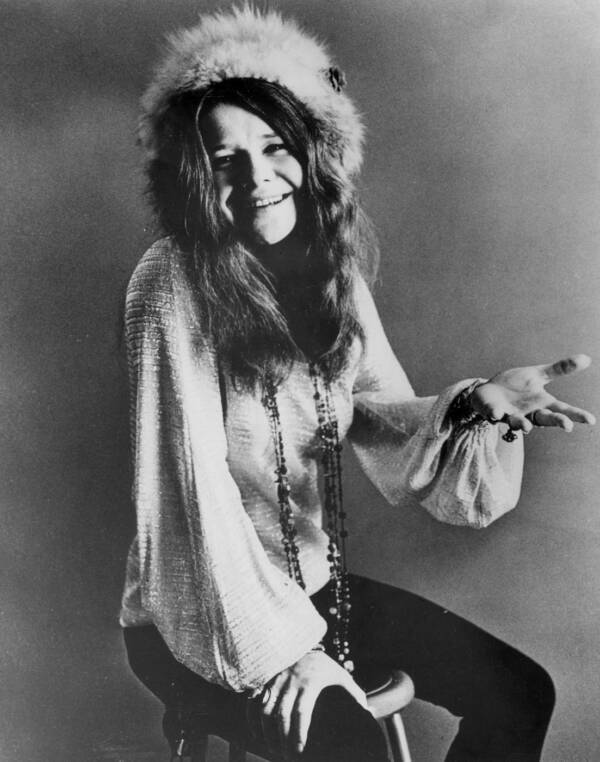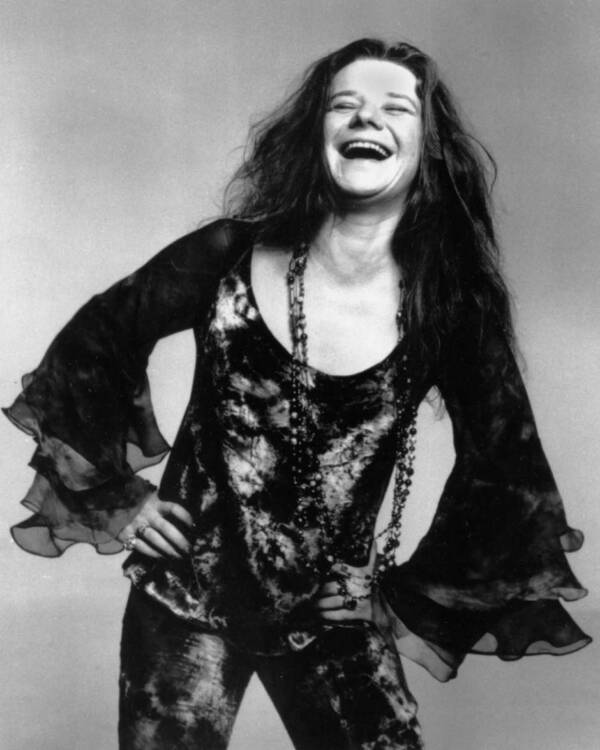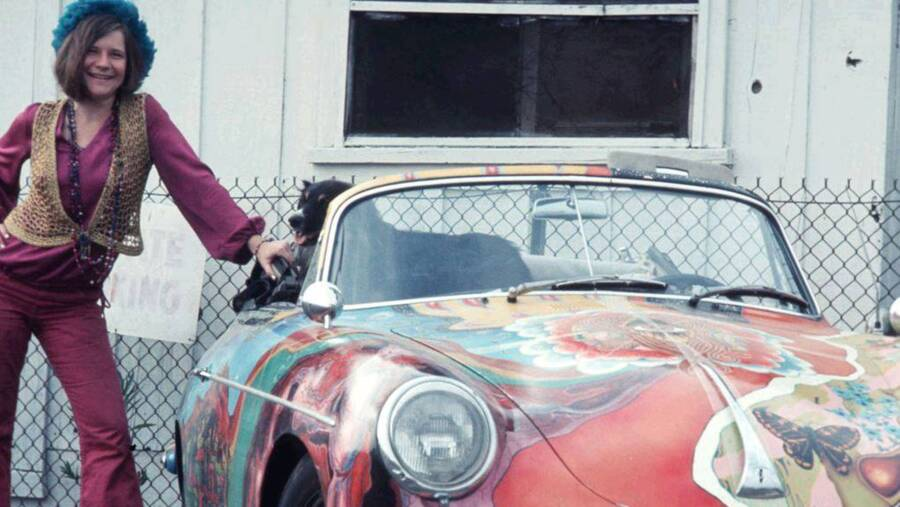A Voice That Shook the World, Silenced at 27
Janis Joplin wasn’t just a singer — she was soul on fire. Every growl, every note she belted out cracked with raw emotion, rebellion, and vulnerability. But on October 4, 1970, that flame was extinguished far too soon. Found lifeless in a Hollywood hotel room, Joplin joined the infamous 27 Club, a tragic list of gifted stars gone too young.
The official cause? A heroin overdose. But decades later, questions still swirl around the circumstances of her death. What really happened in room 105 of the Landmark Motor Hotel?

The Early Pain That Fueled Her Fire
Born in Port Arthur, Texas, in 1943, Janis Lyn Joplin never quite fit in. She wasn’t the prom queen. She wasn’t anyone’s sweetheart. Instead, she was the outcast — bullied for her looks and her voice, ridiculed for being different. But instead of breaking her, it gave her purpose.
Janis found refuge in blues records and beat poetry. She felt the sting in Bessie Smith’s lyrics and the rawness in Lead Belly’s voice. Music became her lifeline. And by the early 1960s, she packed her bags, dropped out of college, and hitched her way to San Francisco — the epicenter of counterculture.
Video: The Final Night of Janis Joplin and Where She Died
The Rise of a Reluctant Star
By 1967, she had become the explosive lead singer of Big Brother and the Holding Company, stealing the show at Monterey Pop Festival with a soul-shaking performance that left jaws on the floor. Janis didn’t just sing — she bled emotion into the mic.
Her fame soared, especially after hits like “Piece of My Heart” and “Cry Baby.” But with fame came pressure. And with pressure came a dark spiral into alcohol, meth, psychedelics, and ultimately, heroin.
Behind the scenes, Janis was vulnerable. Her public persona was wild and carefree, but privately she struggled with loneliness, insecurity, and heartbreak. According to friends, the drugs weren’t about partying. They were about coping.

The Friendship That Cast Doubt on Her Final Moments
Among those closest to Janis was Peggy Caserta, a fellow free spirit and owner of a boutique in San Francisco’s Haight-Ashbury district. The two bonded quickly — over music, fashion, and their shared love of the high life. Literally.
They often used the same batch of heroin. So when Janis died, Caserta wasn’t just devastated — she was suspicious. According to her, the scene at the hotel didn’t make sense.
Janis was found lying on her bed, change in one hand, cigarettes in the other. Authorities ruled she had taken heroin, walked to the lobby to get smokes, then returned to her room and collapsed.
But Caserta, herself a heroin survivor, called that narrative absurd. “You don’t just walk around after a strong dose of heroin,” she said. “You crumble.” That was her reality. That was what happened to others — including Philip Seymour Hoffman, years later.

An Alternative Theory Emerges
So what did happen? Caserta proposed something wildly different: an accident, not an overdose.
She suggested that Janis, wearing platform sandals with a tiny hourglass heel, may have tripped on the shag carpet, struck her head on the nightstand, and asphyxiated while unconscious. Caserta insisted there was no evidence Janis had used enough heroin to instantly kill her.
Others have also noted inconsistencies. There were no drugs found at the scene, only a used syringe. It was later reported that someone in Janis’ circle may have removed evidence to protect her legacy — or themselves.
So while the toxicology report confirmed heroin in her system, the full truth of how she died? It remains murky.
Video: Janis Joplin – Me and Bobby McGee (Official Music Video)
The Tragic Echo of Fame
Janis wasn’t alone in her spiral. She died just 16 days after Jimi Hendrix, another legend who also passed at 27. The media lumped them together — two fallen stars, devoured by their own demons.
But those close to Janis insist it wasn’t fame that killed her. It was isolation. Despite being loved by millions, she often felt deeply alone. She once told a reporter: “Onstage I make love to 25,000 people — then I go home alone.”
That emptiness, more than anything else, drove her addiction.

A Legacy Too Big to Fade
After her death, Janis Joplin was cremated, and her ashes scattered in the Pacific. But her voice never really left. She was inducted into the Rock & Roll Hall of Fame in 1995 and received a Grammy Lifetime Achievement Award in 2005.
Today, her story is still told — not just in songs, but in books, documentaries, and even a plaque inside the closet of Room 105, the very room where her life ended.
Her old Porsche, painted in psychedelic colors, is now a museum piece. Her records still spin. And her songs still make people feel everything.

Conclusion: Searching for Truth in the Heart of a Legend
Did Janis Joplin die from a heroin overdose? That’s what the reports say. But people like Peggy Caserta aren’t so sure — and maybe we’ll never know for certain.
What we do know is this: Janis Joplin gave the world a voice that could tear down walls and heal broken hearts. She lived fast, loved fiercely, and sang like every breath might be her last.
And even after all these years, the question isn’t just how she died — it’s how she lived.